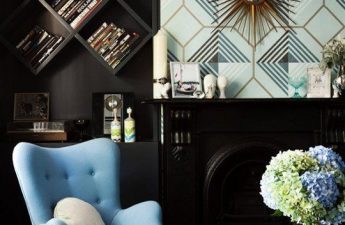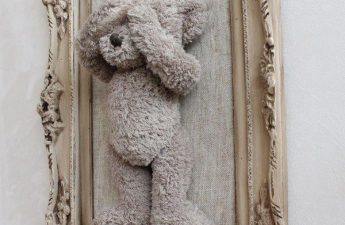We often write about our architects' projects anddesigners. But readers are interested in how they live? What interiors and what materials do they choose for themselves? One of our regular experts, architect Ruslan Kirnichansky, shared with us his experience of replacing floors in an apartment Ruslan Kirnichansky, architect, designer, expert and design critic Engaged in a variety of activities - this includes building construction and working with interior space. Leads projects both in Russia and in Western Europe. fab-im.com - How to replace floors correctly? If you type this query on the Internet, you can find many articles with a variety of tips. Since I myself was involved in this process, I can show the entire algorithm of actions, as well as tell you about the pitfalls that may arise during the work.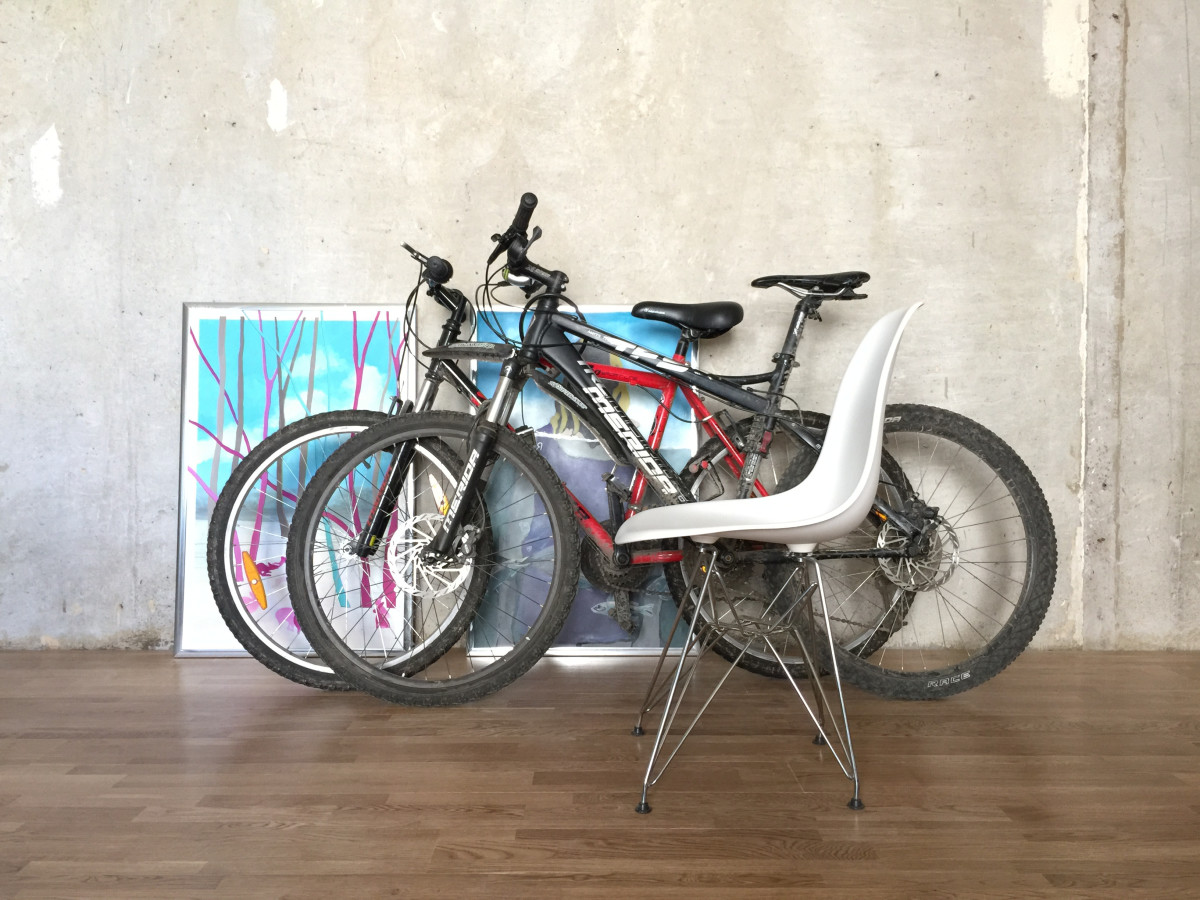
A bit of history
In our country, floors are often made of wood.In every typical house, the floors have one "pie" - these are wooden joists covered with floorboards, on top of which parquet is laid (in "Stalin-era" buildings), or chipboard or linoleum is laid. I think each of us remembers how such floors creak and sag. But these are not all the disadvantages of wooden floors. Wood is a good building material, but it is short-lived. The fact is that a tree frame, be it a board or a beam, continues to "live" - it reacts to changes in external conditions: it swells when there is high humidity, deforms when subjected to physical impact. All this leads to rapid wear of the material. The service life of a wooden "pie" of floors is no more than 20 years, provided that it is used carefully. This is a photo of wooden floors that have lasted 30 years.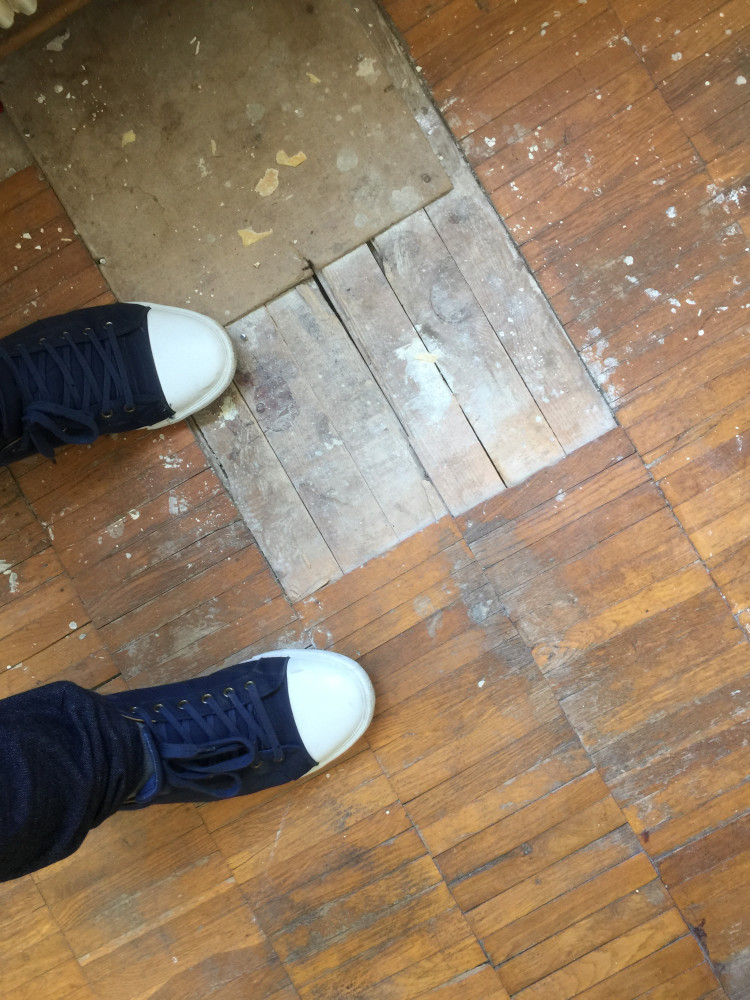 And these pictures were sent to me by the builders during the demolition work. Look at what was hidden by the remains of the parquet flooring from the 80s.
And these pictures were sent to me by the builders during the demolition work. Look at what was hidden by the remains of the parquet flooring from the 80s.

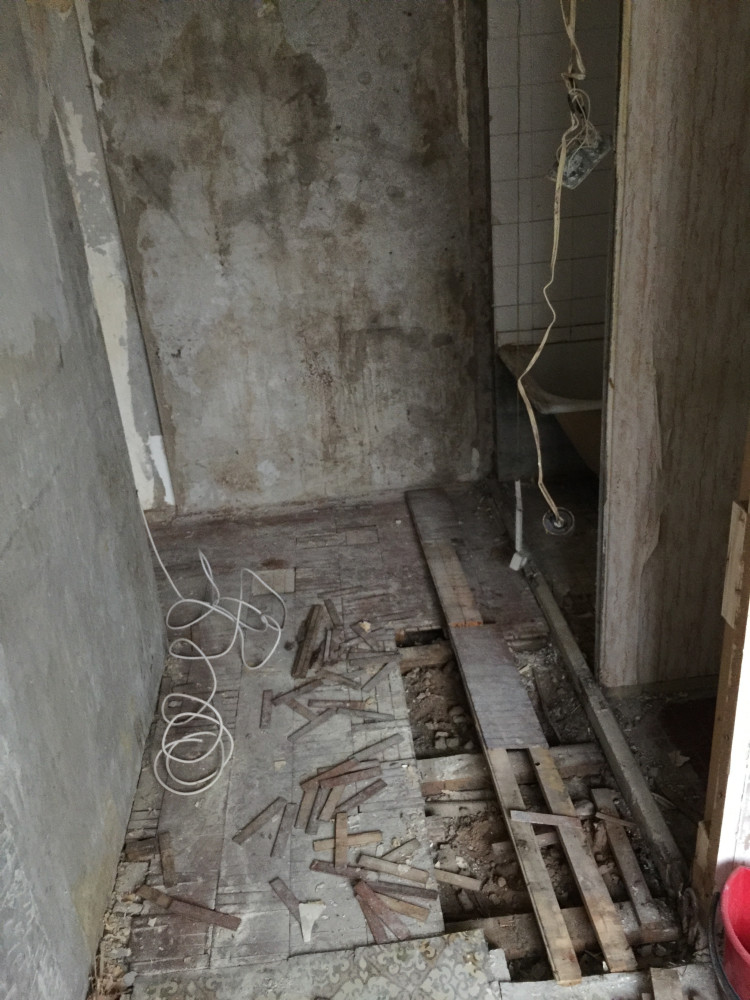 Previously, a family lived in this apartment,consisting of four people. When I first inspected the premises, I immediately imagined the scale of the upcoming work. Especially since my steps were accompanied by the plaintive creaking of the floors. They were in a deplorable state: the joists were rotten, in places the parquet was missing, which had peeled off. The floors were uneven and saggy.
Previously, a family lived in this apartment,consisting of four people. When I first inspected the premises, I immediately imagined the scale of the upcoming work. Especially since my steps were accompanied by the plaintive creaking of the floors. They were in a deplorable state: the joists were rotten, in places the parquet was missing, which had peeled off. The floors were uneven and saggy.
Creating a new "pie" of the floors
It is impossible to leave the floor like this.I was a little sorry to lose the remains of the old parquet, but the floors were not suitable for restoration - radical changes were required. During dismantling, not only garbage and layers of dust were found under the floors, but also other artifacts: the remains of small rodents, which most likely lived quietly and unnoticed in the voids under the floorboards. After dismantling, they began to assemble a new "pie" of floors. The first thing that was done was to treat the floor slab with a hydrophobic composition: a special water-repellent mastic was applied to the entire surface of the floor. This is important to ensure the protection of the electrical wiring that runs in the floor slab. The second step: applying a 1 cm thick layer of sand. This is necessary to ensure sound insulation. The floor slab in my house is 200 mm thick, which at first glance seems sufficient. But since the floor slab is hollow, which does not prevent the spread of sounds, I decided to soundproof the floors.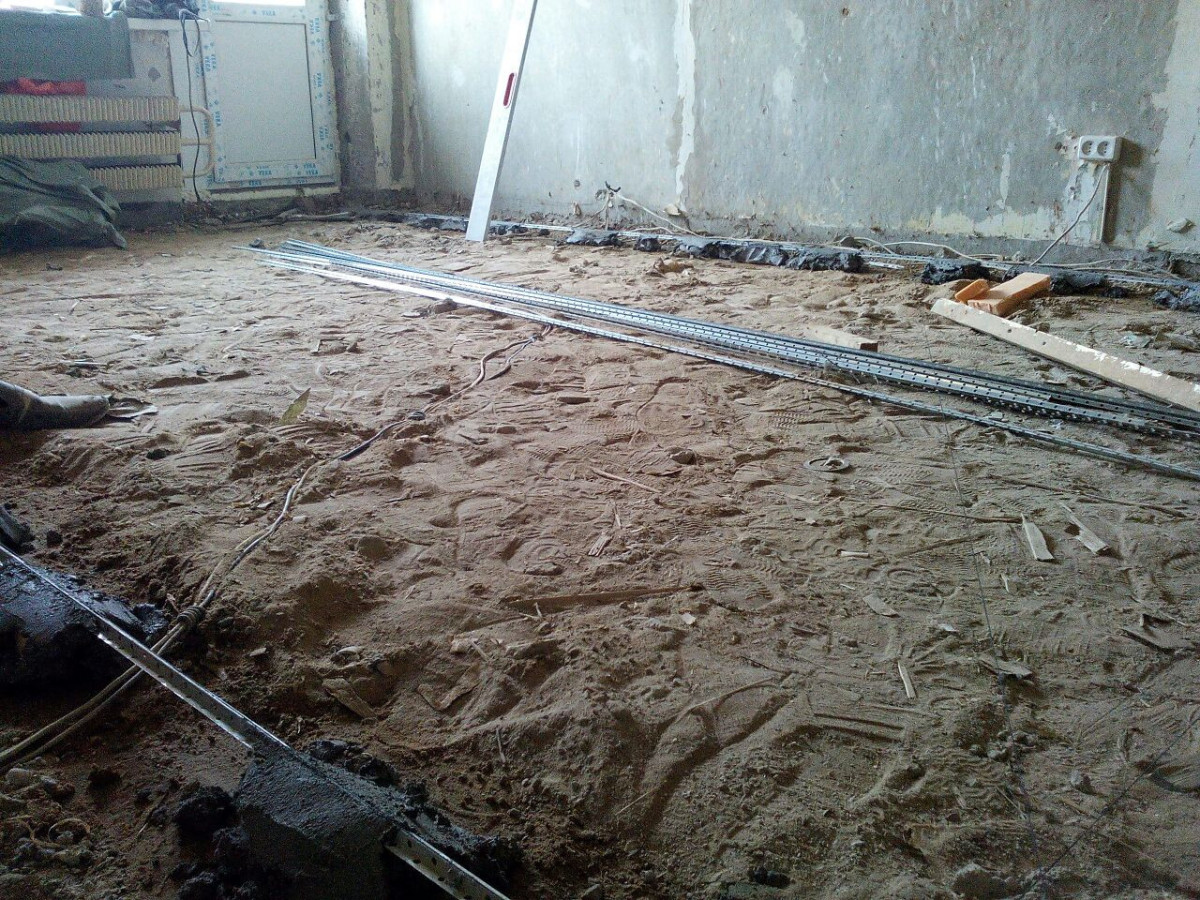
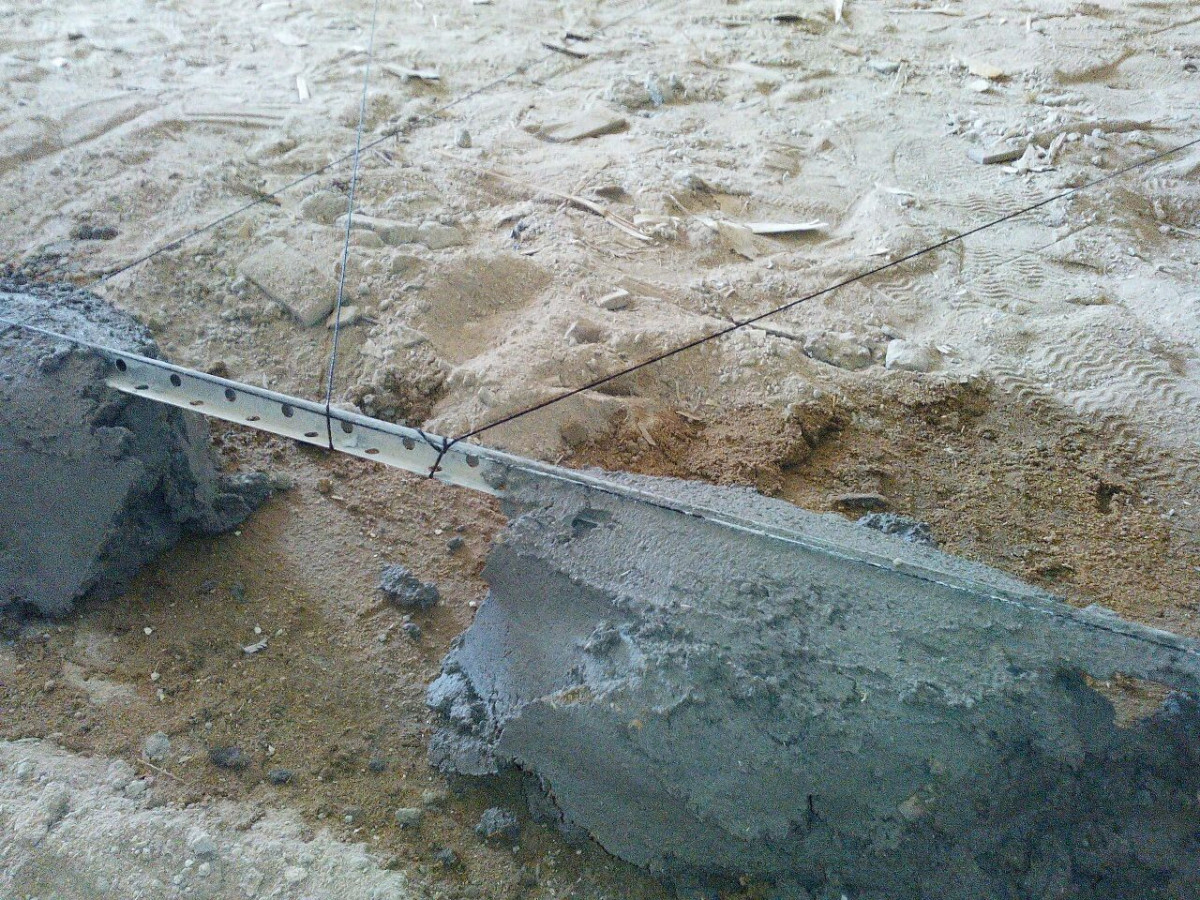
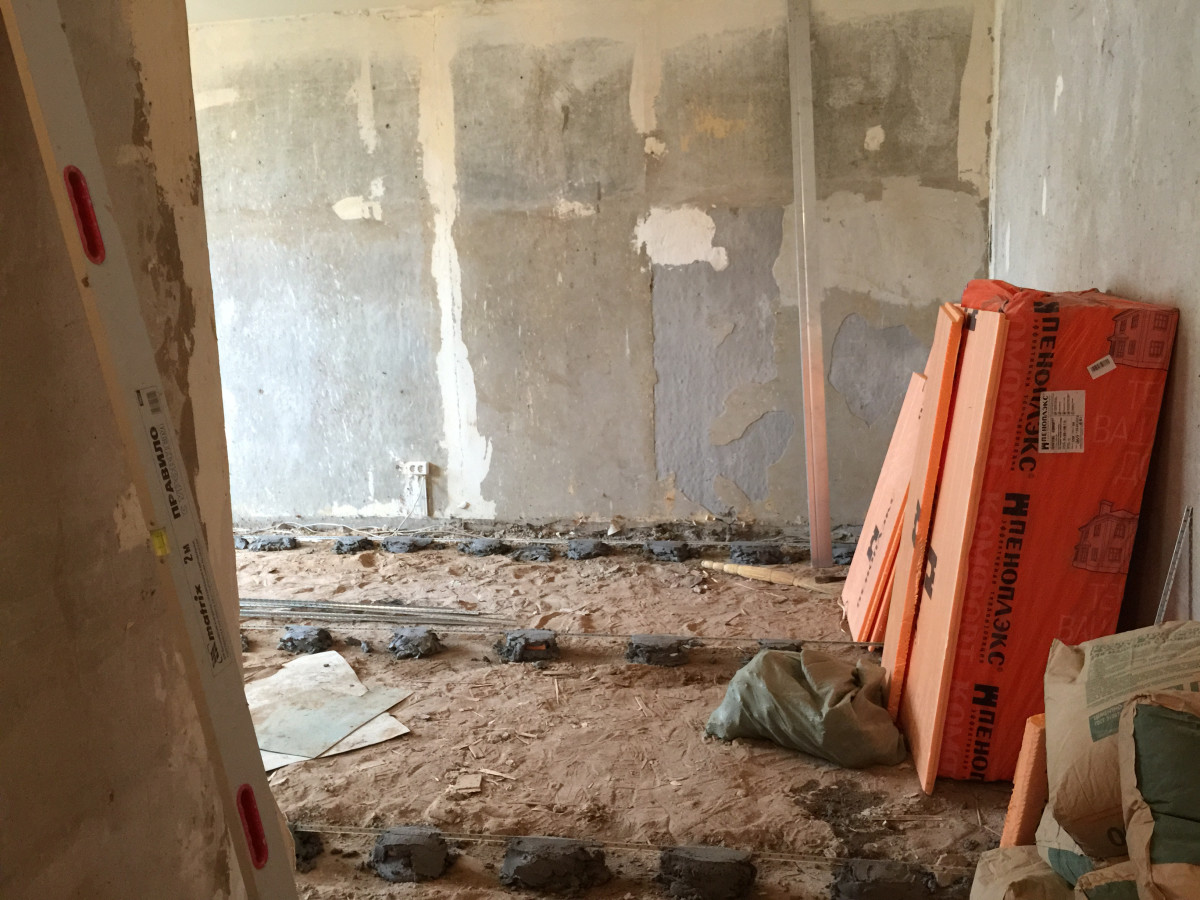
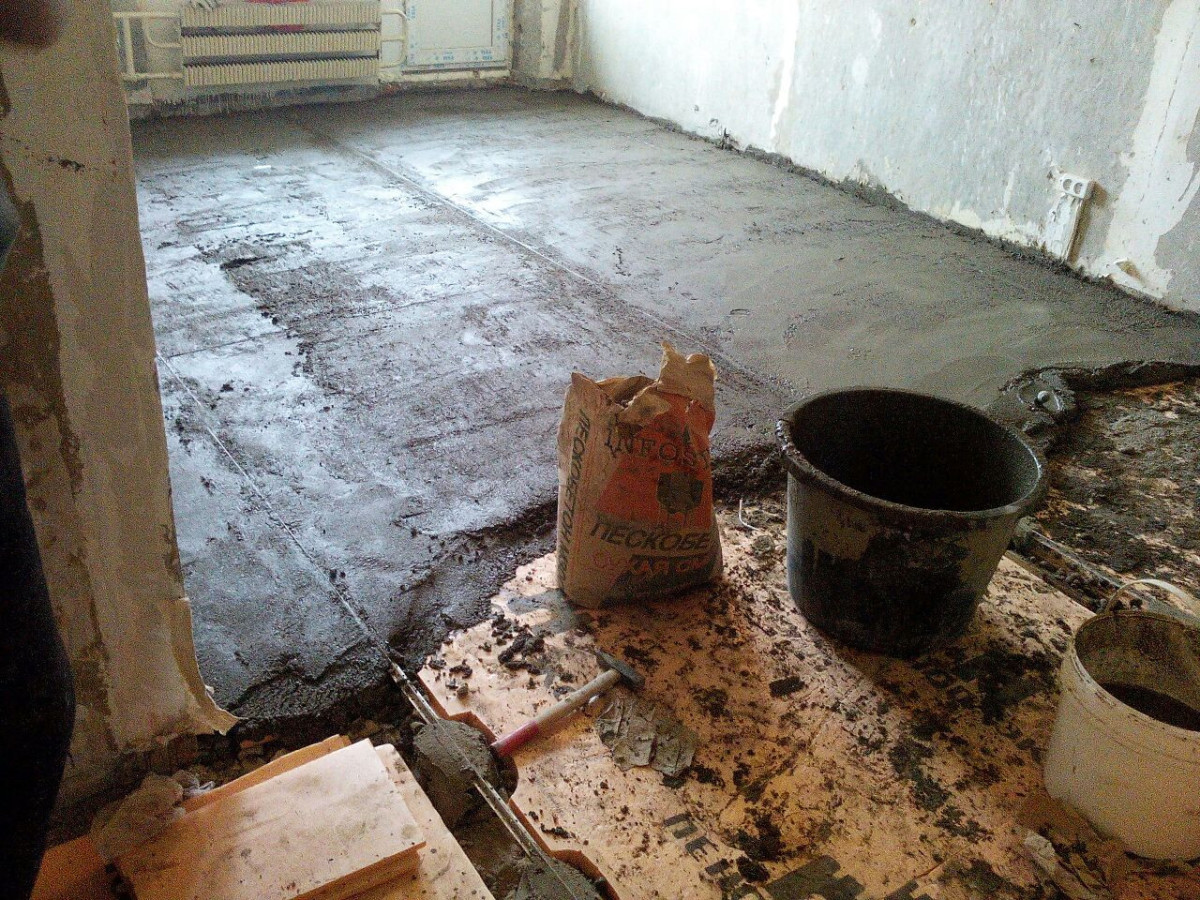 Then beacons were set up as altitude markers,a layer of penoplex is laid - a soundproofing material, which is also an insulator. One of the important factors for comfortable living is the possibility of privacy and ensuring silence. Extraneous sounds coming from the neighboring apartment irritate everyone. I do not want to hear who and how lives below, so I paid maximum attention to soundproofing. Once I arrived at the apartment before the start of repair work. The former tenants left a piano in the apartment. Imagine my surprise when the doorbell rang: a nice woman was standing on the threshold, who praised my ability to play the instrument and asked me not to jump around the apartment anymore. It turned out that my movement from room to room was heard in the apartment below as a parade of elephants, and the "Moonlight Sonata" with mistakes on an out-of-tune piano - beautiful music.
Then beacons were set up as altitude markers,a layer of penoplex is laid - a soundproofing material, which is also an insulator. One of the important factors for comfortable living is the possibility of privacy and ensuring silence. Extraneous sounds coming from the neighboring apartment irritate everyone. I do not want to hear who and how lives below, so I paid maximum attention to soundproofing. Once I arrived at the apartment before the start of repair work. The former tenants left a piano in the apartment. Imagine my surprise when the doorbell rang: a nice woman was standing on the threshold, who praised my ability to play the instrument and asked me not to jump around the apartment anymore. It turned out that my movement from room to room was heard in the apartment below as a parade of elephants, and the "Moonlight Sonata" with mistakes on an out-of-tune piano - beautiful music.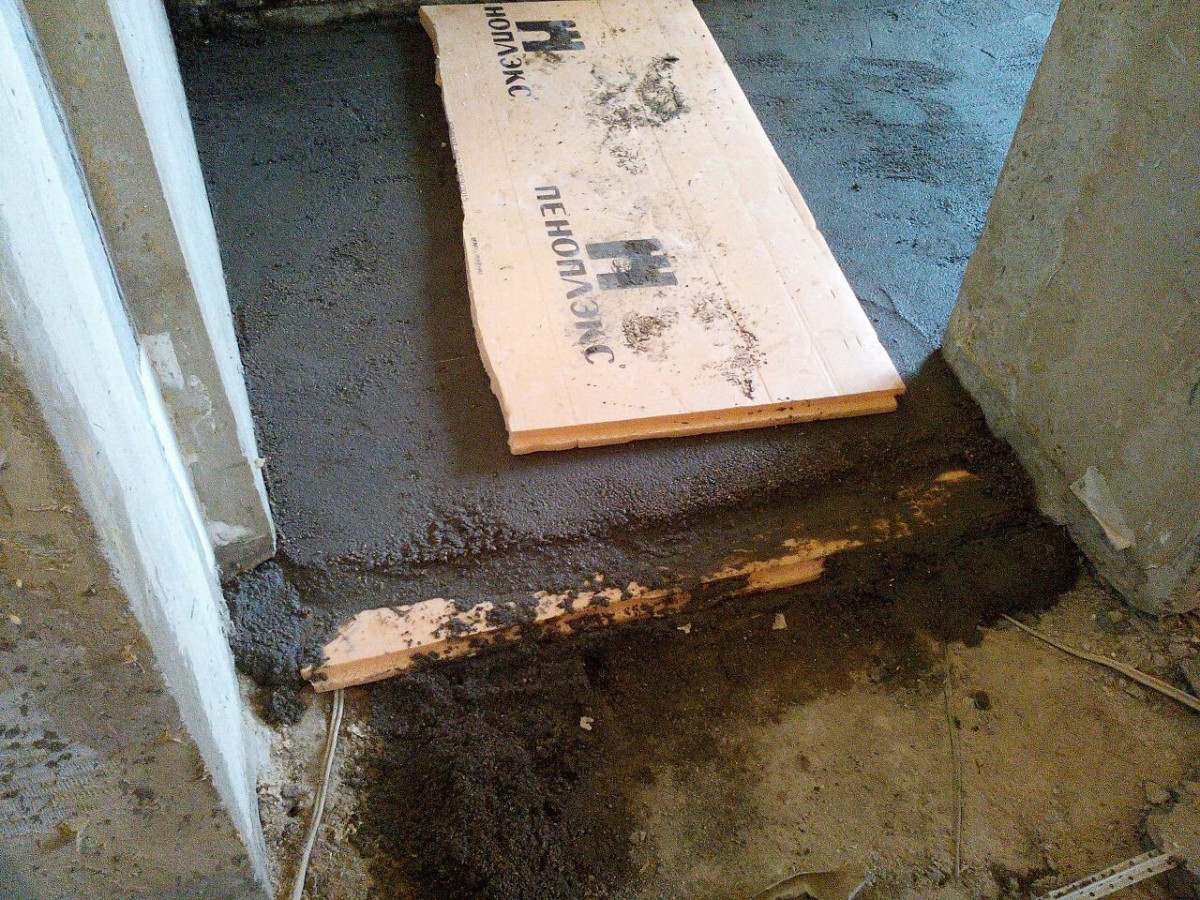
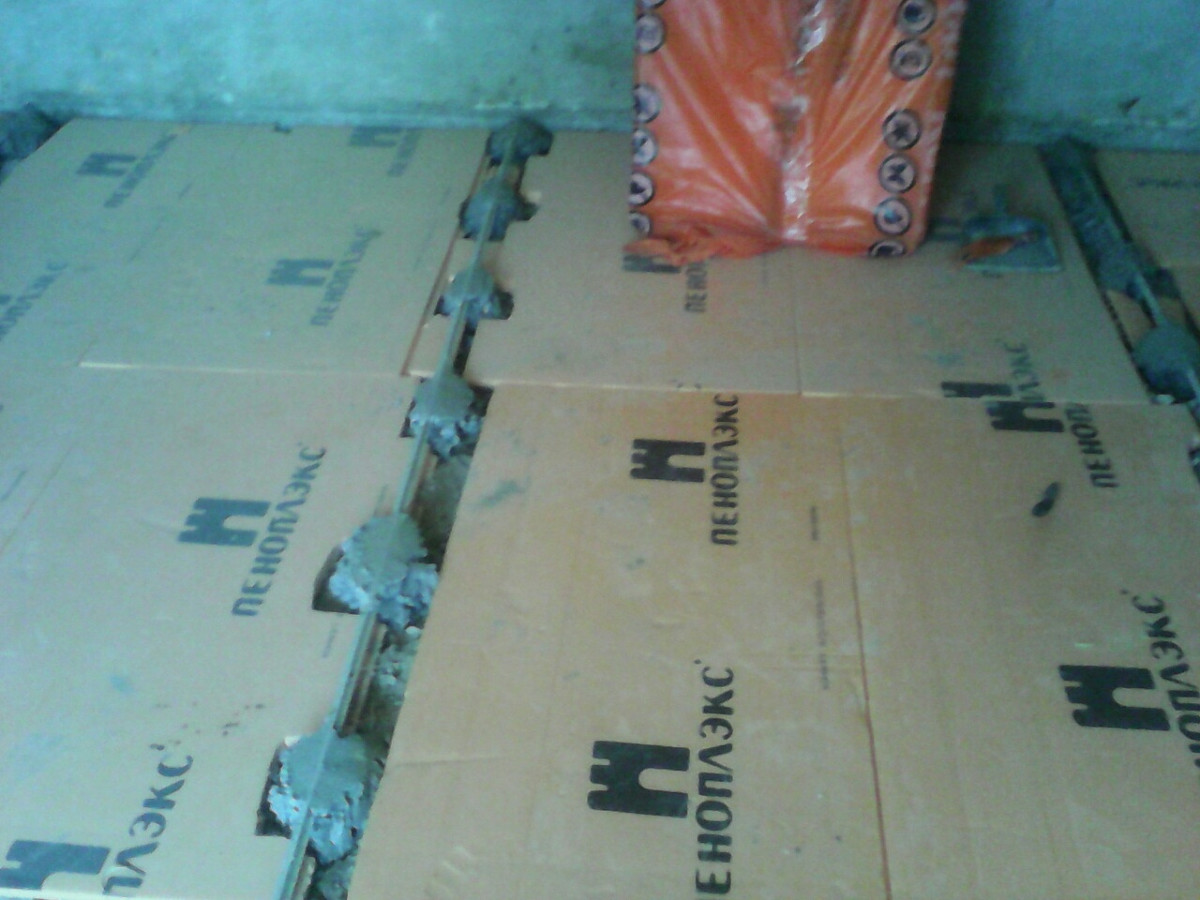 After laying the penoplex, a work was organizedM-300 screed. The beacons helped to maintain the level and correct the differences in the floor slab. Important: the concrete screed layer must dry well. In the summer in central Russia, the natural drying period of the screed takes at least 28 days. If the screed has not dried, the moisture that remains in the layer can deform the final floor covering and reduce the service life of such a structure. In 10-15 years, poorly dried concrete screed will turn into dust. The service life of a concrete screed made according to building regulations is at least 50 years. My advice: if there is no time to wait for the screed to dry naturally or repair work is carried out in the cold season, use special construction guns - this will reduce the drying time.
After laying the penoplex, a work was organizedM-300 screed. The beacons helped to maintain the level and correct the differences in the floor slab. Important: the concrete screed layer must dry well. In the summer in central Russia, the natural drying period of the screed takes at least 28 days. If the screed has not dried, the moisture that remains in the layer can deform the final floor covering and reduce the service life of such a structure. In 10-15 years, poorly dried concrete screed will turn into dust. The service life of a concrete screed made according to building regulations is at least 50 years. My advice: if there is no time to wait for the screed to dry naturally or repair work is carried out in the cold season, use special construction guns - this will reduce the drying time.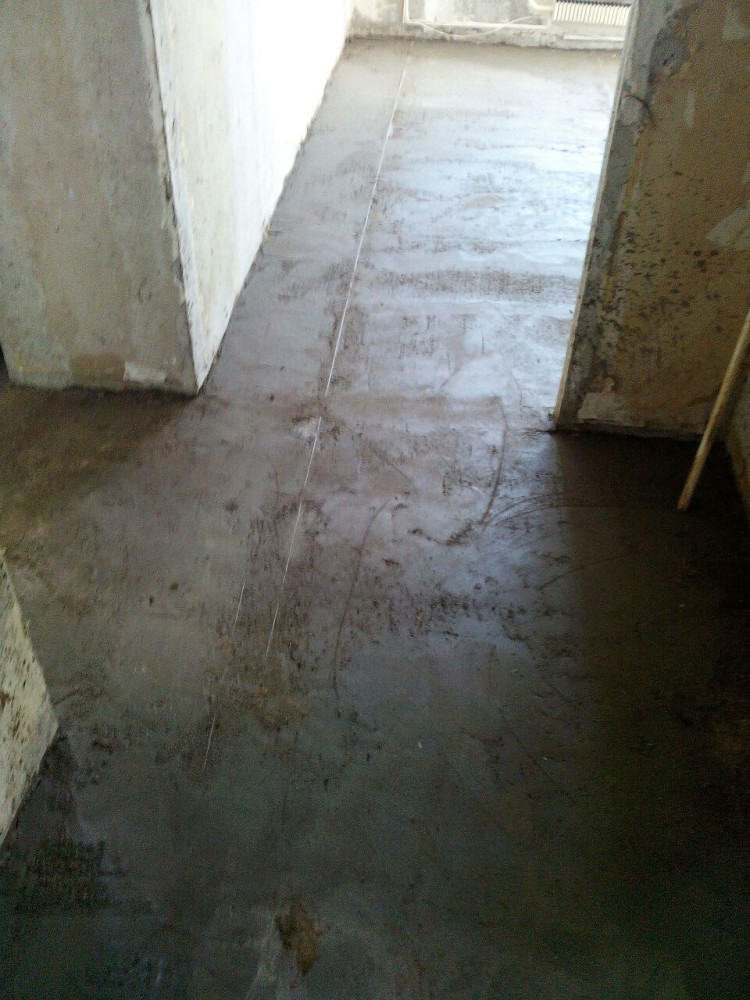 After two weeks of drying the screedUsing construction guns and hair dryers, one layer of liquid self-leveling floor was applied. Self-leveling liquid floor concealed minor unevenness of the screed. Self-leveling floor needs to dry for five days, I do not recommend using catalysts to reduce its drying time, since chemical additives and heat exposure have a negative effect on strength characteristics.
After two weeks of drying the screedUsing construction guns and hair dryers, one layer of liquid self-leveling floor was applied. Self-leveling liquid floor concealed minor unevenness of the screed. Self-leveling floor needs to dry for five days, I do not recommend using catalysts to reduce its drying time, since chemical additives and heat exposure have a negative effect on strength characteristics.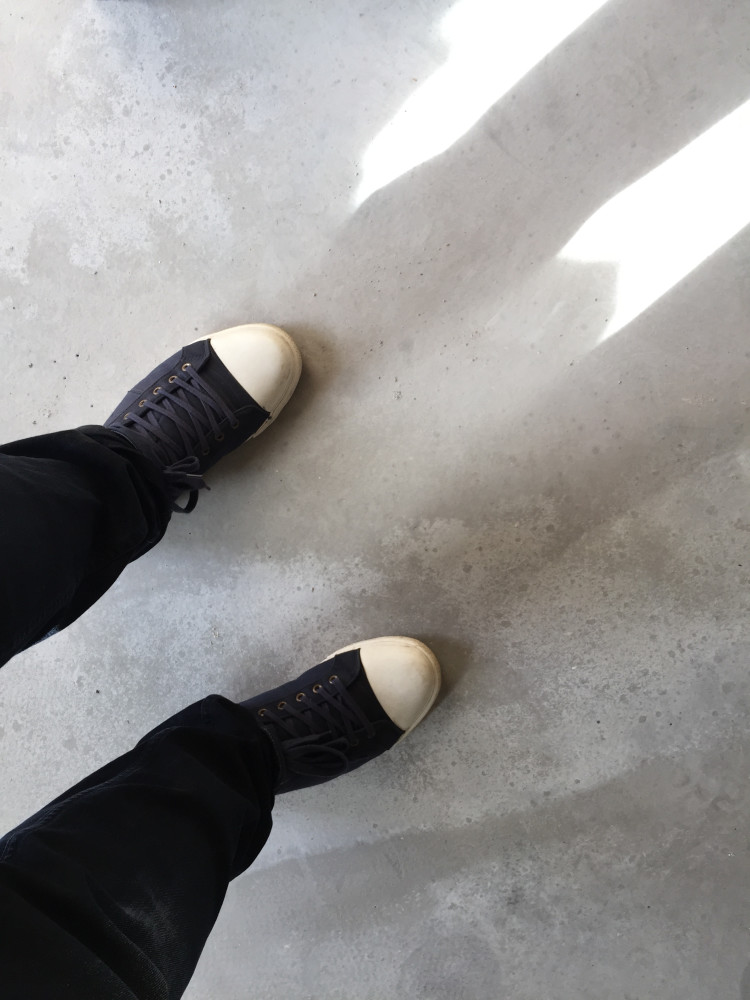
Laying of floor material
For the finishing floor I chose parquet board,which consists of three layers of different types of wood (the top layer is oak). I can’t say that the parquet board cost a lot of money — the costs are comparable to the average cost of laminate, which doesn’t stand any comparison either in quality or in technical characteristics. I always recommend using natural materials that are environmentally friendly and not a synthetic combination. Laminate, no matter how much manufacturers try to praise it, is a surrogate for a sawmill. Otherwise, would manufacturers make imitation wood on laminate? The big difficulty was finding high-quality parquet board. But trusted suppliers did not let me down, offering options for good parquet and at an affordable price. The parquet board was laid on a special underlay, which is an insulator for the screed and wood. In addition, the underlay helps prevent creaking.
The parquet board was laid on a special underlay, which is an insulator for the screed and wood. In addition, the underlay helps prevent creaking.
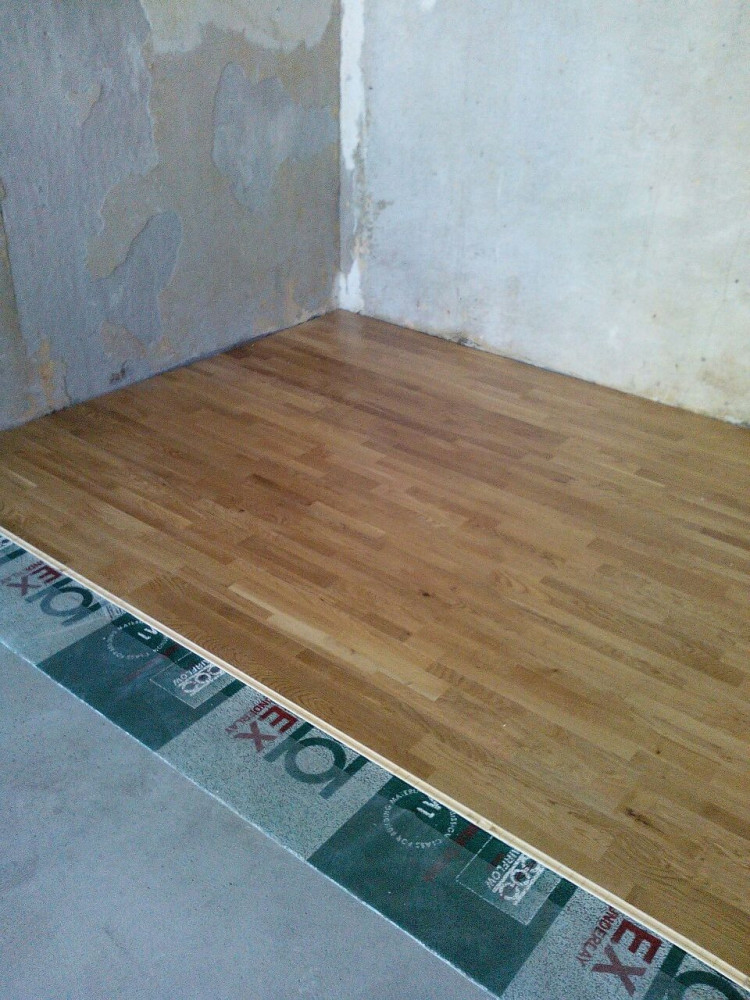 This way it was possible to create a durable anda high-quality floor that not only has aesthetic properties (parquet), but also does not allow sounds and noise to spread, which is especially welcome in the apartment below: now they will never hear how “badly” I play the piano. All the work was carried out by a construction team consisting of specialists who have proven themselves well in working on my projects. By the way, I also won in terms of height: the “pie” level of the old floors was 12 cm, and the new floor takes up only 8 cm. This is +4 cm to the height of the ceilings, which is also not bad!
This way it was possible to create a durable anda high-quality floor that not only has aesthetic properties (parquet), but also does not allow sounds and noise to spread, which is especially welcome in the apartment below: now they will never hear how “badly” I play the piano. All the work was carried out by a construction team consisting of specialists who have proven themselves well in working on my projects. By the way, I also won in terms of height: the “pie” level of the old floors was 12 cm, and the new floor takes up only 8 cm. This is +4 cm to the height of the ceilings, which is also not bad!

